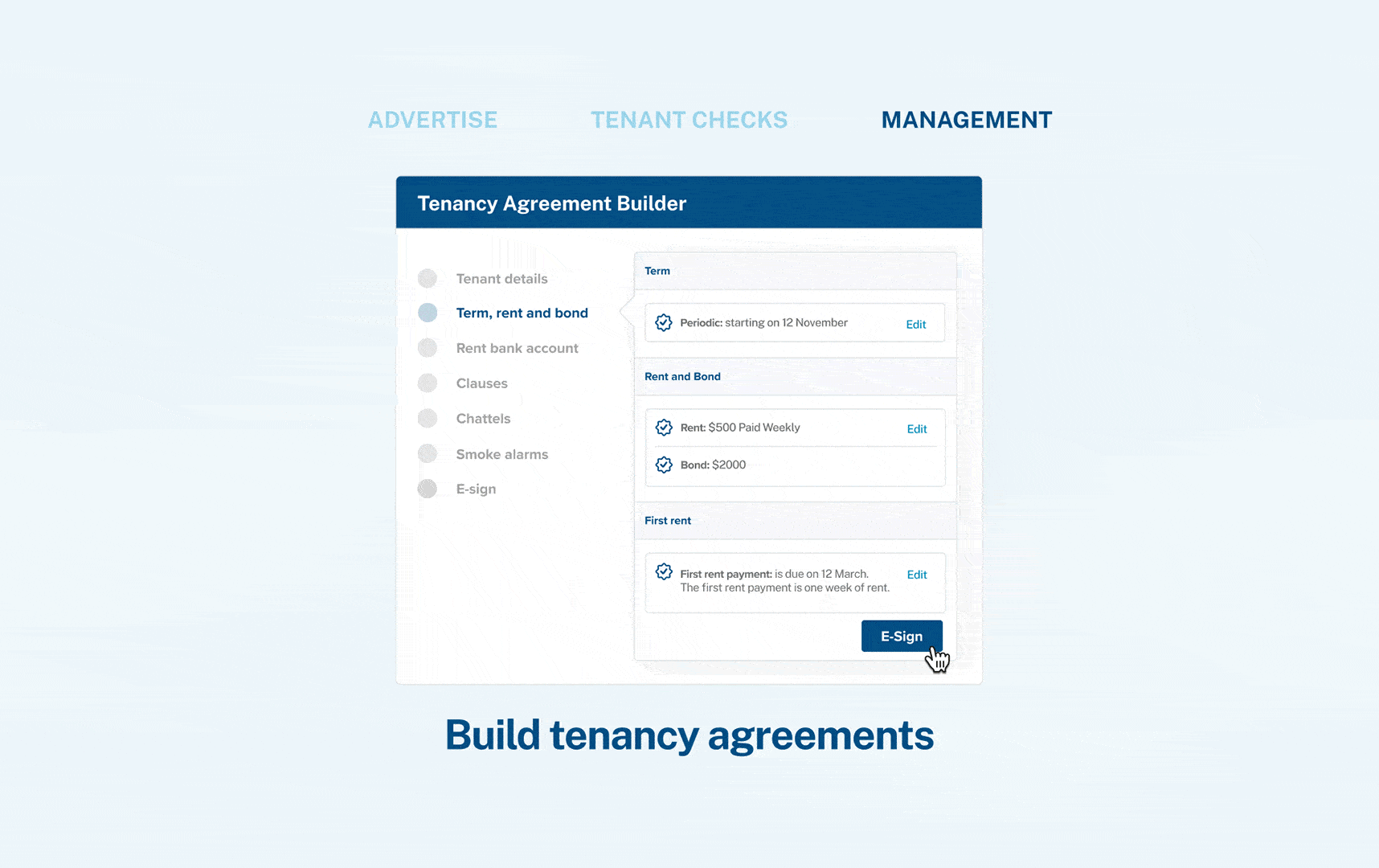What is landlord insurance?
Landlord insurance is different to normal house insurance. Landlord insurance covers both the house itself and the additional risk added by having a tenant in the property.
All homeowners are exposed to common risks such as fire damage, flood, and earthquake, but as a landlord, you face an additional occupancy risk due to a tenant living in the property. Unlike family, tenants are not generally known to you. We dive into the little known aspects of landlord insurance and look at why you might need more than just house insurance.
How is landlord insurance different from house insurance?
In short, landlord insurance is the same as insurance for your own home, but for two big differences:
Disclosure - use of the property:
Landlord insurance specifically accounts for the fact that your family does not live in the property. This is very important. If your rental property burns down and your insurer is not aware that it is a tenanted property the insurer could be entitled to deny your claim.Additional landlord risks:
Unlike your own home insurance most landlord insurance includes coverage to specifically address the additional landlord risks:
What are my additional risks as a landlord?

Accidental damage by tenants
This is where your tenant unintentionally causes damage to the property. For example, they spill a glass of red wine on the carpet. In this situation, you need a landlord insurance policy in order to have a successful claim. It is unlikely that you can recover the cost of your insurance excess from the tenant.
Deliberate damage by tenants
Deliberate damage, also known as malicious or intentional damage is usually the case when, as a landlord, you discover holes in walls and damage that is unlikely to have been the result of an accident. Cover for this is provided by a landlord insurance policy, usually up to a limit of around $25,000. The cover protects you from the cost of a tenant deciding to make a mess of your property.
Loss of rent following damage
If your rental property suffers a loss that deems the house uninhabitable then you face having an untenanted property while the repairs are completed and the property is occupied again. This will mean a loss of rental income. Landlord insurance provides cover for this loss of income up to a selected value (eg $40,000) for a payout period of usually 12 months. For major losses the cover will stop as soon as the loss of rent amount is used or the payment period ends, whichever comes sooner.
Loss of rent resulting from eviction or abandonment
This is where your tenant is evicted from the property (by the decision of the Tenancy Tribunal) or your tenant leaves without giving notice. In both situations, it means that you will be out of pocket due to loss of rental income. Some landlord insurance policies will reimburse you for this loss of income but only up to 6 or 8 weeks, following the formal eviction or discovery of the abandonment.
Landlord contents damage or theft
Even an unfurnished rental property had landlord contents. The oven and curtains are contents, not the house. The tenant risk means that you could suffer a loss for these items and this risk increases when you partially or fully furnish a property. A landlord insurance policy protects by providing cover, usually up to a standard limit of $20,000. Some landlord insurers provide an option to purchase more contents cover for an additional cost, which is important for furnished properties.
Landlord liability
As a landlord, you accept money (rent) for providing a house (accommodation). This makes means that you are in the business and with this comes additional regulatory obligations that, if breached, can cost you. Tenants can also have a go at you if they suffer a loss because of something you did (or didn’t do). The best example here is if a landlord did not change the locks after a previous tenant abandoned it and the new tenant was robbed (with no sign of forced entry). Some landlord insurance policies include cover for landlord liability, meaning that if you are pursued by a tenant or a regulatory authority the insurer uses their lawyers to defend you, and if you are held liable pay certain awards against you.
Meth contamination
Meth and other illegal substances can cause significant damage to a property, especially when the substance is being manufactured. Meth clean-up costs can easily exceed $10,000. Reducing the risk of contamination occurring is best managed through good tenant vetting procedures and meth testing in between tenancies. If you do suffer a contamination loss and have a robust landlord insurance policy you will have cover for up to $30,000, plus the loss of rental income incurred.
Can I hold the tenant responsible for the damage?
Yes and no. It really depends on whether the damage was accidental, intentional, or just careless. Having a good landlord insurance policy would mean you are covered for all these causes of damage by the tenant - and then your insurers will decide whether to go after the tenant for the repair costs.
The good news is that the Residential Tenancies Act now provides scope for landlords (and their insurers) to recover the cost of repairs or their insurance excess from the tenant. Learn more about holding tenants responsible. It is important to note that, more often than not, tenant damage claims result in the landlord’s insurer applying more than one excess. This is because insurance works on events, and each event is a separate claim that attracts its own excess. Learn more about how insurers look at events.
More about initio
Founded in 2010, Initio is a New Zealand owned, online house and landlord insurance provider. Initio’s provides simple, competitive insurance, and a responsive and smart approach to support and claims - with real people. Initio has spent the last 12 years enhancing its award-winning technology to keep insurance costs down.



